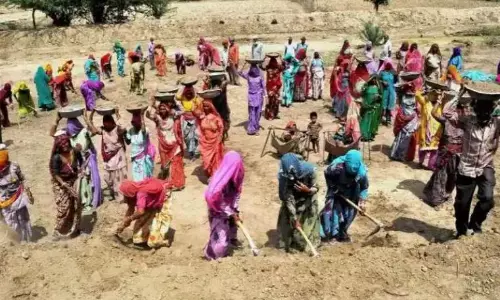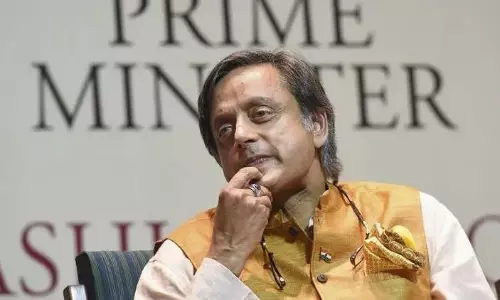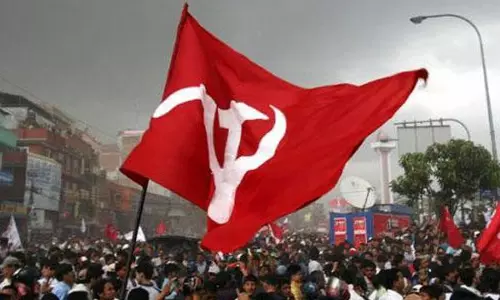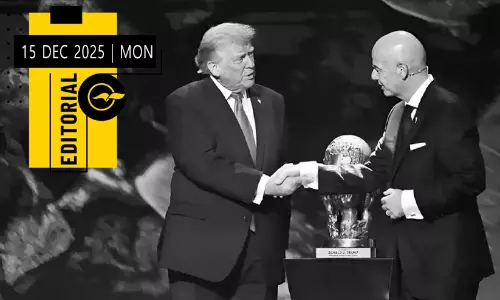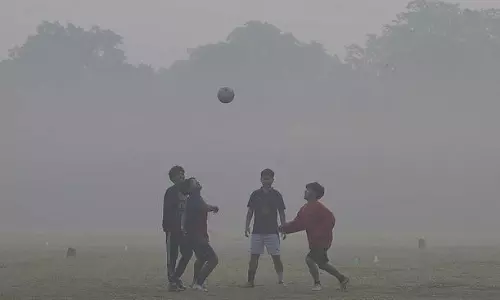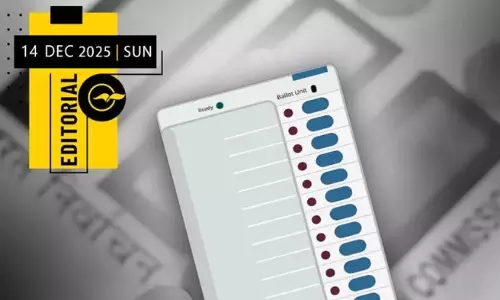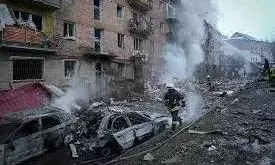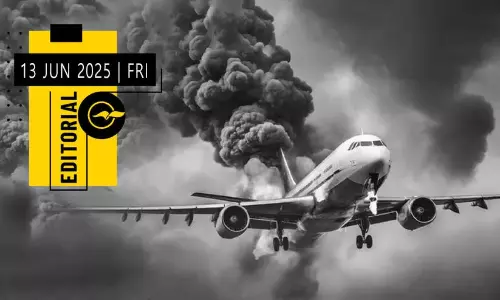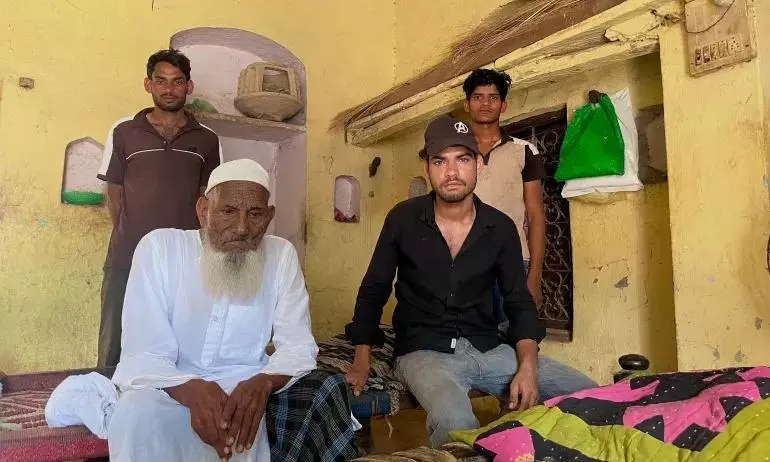
The Muslim village that bore West-funded forced sterilisation during Emergency
text_fieldsAs India marks fifty years since the proclamation of Emergency on 25 June 1975, the forced sterilisation of men during that period, when the West sponsored and the World Bank funded mass vasectomy drives that reportedly led to more than 8 million men undergoing the procedure, still haunts a Muslim-majority village in Haryana’s Mewat region.
The West appeared to endorse India’s aggressive population control measures, with the World Bank providing $66 million and the United States linking food aid to sterilisation targets, but it was during the Emergency that the Indira Gandhi government intensified the campaign.
She suspended democratic safeguards, issued sterilisation quotas to officials under threat of dismissal or withheld salaries, while non-compliant villages were punished through the withdrawal of irrigation and essential services.
More than 8 million men were forcibly sterilised before the Emergency ended in March 1977, including 6 million in 1976 alone, while nearly 2,000 people reportedly died due to botched surgeries carried out in poorly managed sterilisation camps.
On a November night in 1976, police encircled the village and residents were ordered to present men of reproductive age, prompting many to flee into nearby forests or jump into wells to evade arrest, while a group of fifteen men, including Mohammad Deenu, remained behind and were taken to ill-equipped sterilisation camps where vasectomies were performed under duress.
Although India had introduced a national family planning programme in 1952 with a voluntary approach, the Emergency period saw the transition to coercive methods, with foreign assistance from the World Bank and the United States incentivising mass sterilisation as a means to curb population growth, and local officials were issued targets under threat of disciplinary action or salary suspension.
The suspension of civil liberties allowed the government to enforce sterilisation measures without judicial or legislative scrutiny, and villages that resisted were subjected to punitive measures including the withdrawal of essential services such as irrigation water and food rations, while entire communities faced intimidation by the police and administrative machinery.
In Uttawar, the raids destroyed property and food supplies, the detention and physical assault of minors, and the forcible removal of adult men, many of whom returned to face social ostracisation, as neighbouring villages refused marriage alliances and existing engagements were broken, leaving the victims to bear psychological and social consequences that lasted for decades.
The Muslim population, identified by the state as having a relatively higher birth rate, was disproportionately targeted during the campaign, and local resistance from community leaders proved ineffective in the face of state pressure, with selective compliance ultimately enforced through coercion and fear of collective retribution.
Following the lifting of the Emergency and the electoral defeat of Indira Gandhi’s Congress Party in 1977, the excesses of the sterilisation drive became a central issue in the public reckoning with that period, although the long-term institutional damage and erosion of trust in the state’s intentions remained largely unaddressed in affected communities.
This article is based on an article titled ‘India forcibly sterilised 8m men: One village remembers, 50 years later’, written by Yashraj Sharma for the Al Jazeera English news portal.




